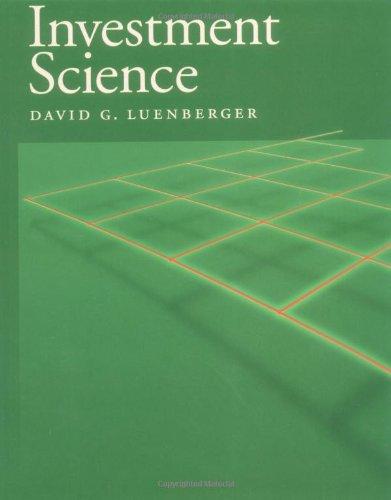Even though most corporate bonds in the United States make coupon payments semiannually, bonds issued elsewhere often have annual coupon payments. Suppose a German company issues a bond with a par value of 1,000, 25 years to maturity, and a coupon rate of 6.7 percent paid annually. If the yield to maturity is 7.8 percent, what is the current price of the bond? Price? You find a zero coupon bond with a par value of $10,000 and 13 years to maturity. The yield to maturity on this bond is 5 percent. Assume semiannual compounding periods. What is the price of the bond? Union Local School District has a bond outstanding with a coupon rate of 3.2 percent paid semiannually and 21 years to maturity. The yield to maturity on this bond is 3.5 percent, and the bond has a par value of $5,000. What is the price of the bond? Both Bond Sam and Bond Dave have 9 percent coupons, make semiannual payments, and are priced at par value. Bond Sam has four years to maturity, whereas Bond Dave has 15 years to maturity. a. If interest rates suddenly rise 2 percent, what is the percentage change in the price of Bond Sam and Bond Dave? b. If rates were suddenly fall by 2 percent instead, what would be the change in the price of Bond Sam and Bond Dave? a. Bond Sam %? Bond Dave %? b. Bond Sam % Bond Dave %? . Gabriele Enterprises has bonds on the market making annual payments, with seven years to maturity, a par value of $1,000, and selling for $950. At this price, the bonds yield 6 percent. What must the coupon rate be on the bonds? Treasury bills are currently paying 5 percent and the inflation rate is 2.5 percent. a. What is the approximate real rate of interest? b. What is the exact real rate? Locate the Treasury issue in Figure 7.4 maturing in July 2022. Assume a par value of $10,000 a. What is the coupon rate? b. What is its bid price in dollars ? c. What was the previous day's asked price in dollars? Jallouk Corporation has two different bonds currently outstanding. Bond M has a face value of $30,000 and matures in 20 years. The bond makes no payments for the first six years, then pays $3,100 every six months over the subsequent eight years, and finally pays $3,400 every six months over the last six years. Bond N also has a face value of $30,000 and a maturity of 20 years; it makes no coupon payments over the life of the bond. The required return on both these bonds is 12 percent compounded semiannually. What is the current price of Bond M and Bond N? . You purchase a bond with an invoice price of $1,056. The bond has a coupon rate of 7.5 percent, and there are four months to the next semiannual coupon date. Assume a par value of $1,000, What is the clean price of the bond? Suppose your company needs to raise $61 million and you want to issue 30- year bonds for this purpose. Assume the required return on your bond issue will be 5.8 percent, and you're evaluating two issue alternatives: A semiannual coupon bond with a coupon rate of 5.8 percent and a zero coupon bond. Your company's tax rate is 22 percent. Both bonds will have a par value of $2,000. a-1. How many coupons bonds would need to issue to raise the $61million? a-2. How many of the zeroes would you need to issue? 1-1. In 30 years, what will your company's repayment be if you issue the coupon bonds? b-2. What if you issue the zeroes? c. Calculate the aftertax cash flows for the first year of each bond? Workman Software has 8.4 percent coupon bonds on the market with 20 years to maturity. The bonds make semiannual payments and currently sell for 107 percent of par. a. What is the current yield on the bonds? b. What is the YTM? c. The YTM is an APR with semiannual compounding, not an effective annual rate. What is the effective annual yield? Even though most corporate bonds in the United States make coupon payments semiannually, bonds issued elsewhere often have annual coupon payments. Suppose a German company issues a bond with a par value of 1,000, 25 years to maturity, and a coupon rate of 6.7 percent paid annually. If the yield to maturity is 7.8 percent, what is the current price of the bond? Price


















